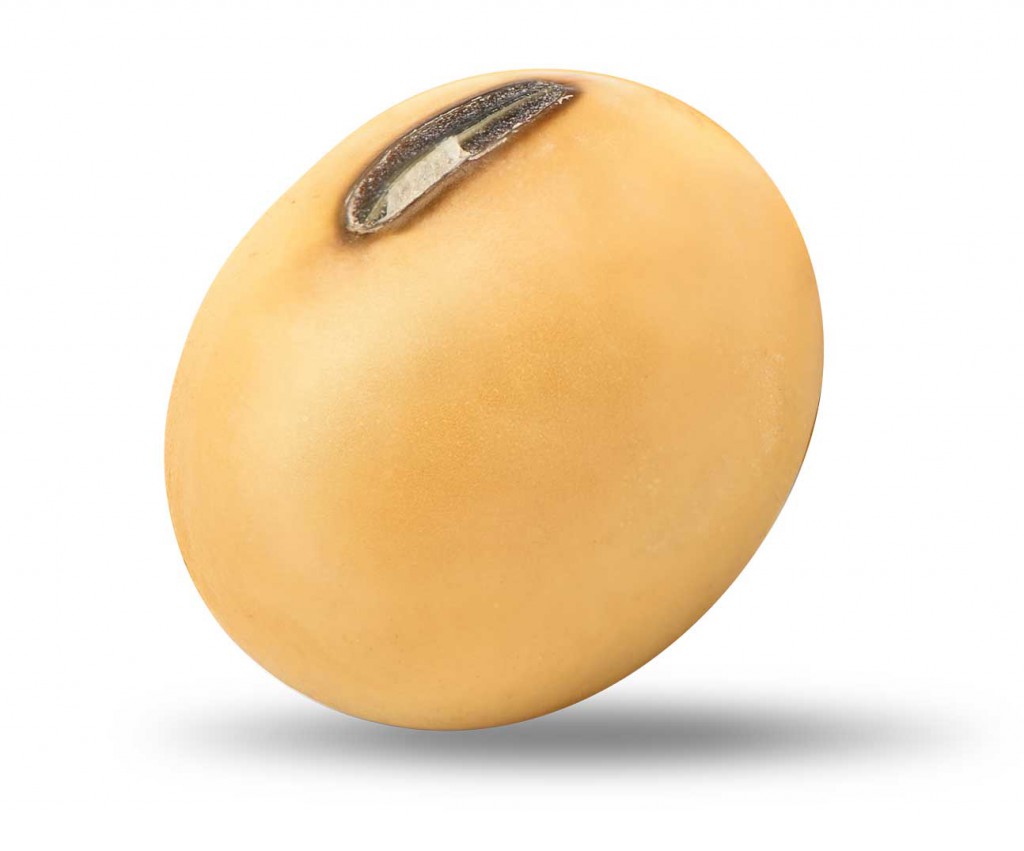Composition of a Soybean

In processing, soybeans are cleaned, cracked, dehulled and rolled into flakes. This ruptures the oil cells for efficient extraction to separate the oil and meal components.
Soybean oil finds its way into food products such as margarine, salad dressings and cooking oils, and industrial products such as plastics and biofuels. Lecithin, extracted from soybean oil, is used for everything from pharmaceuticals to protective coatings. It is a natural emulsifier and lubricant. Lecithin is used, for example, to keep the chocolate and cocoa butter in a candy bar from separating.
After removal of the soybean oil, the remaining flakes can be processed into various edible soy protein products or used to produce soybean meal for animal feeds. The dry (solid) portion of the bean provides a host of edible products.
Soy flour and soy grits are used in the commercial baking industry. They aid in dough conditioning and bleaching. Their excellent moisture-holding qualities also help delay staling. Soy hulls are processed into fiber bran for breads, cereal and snacks.
